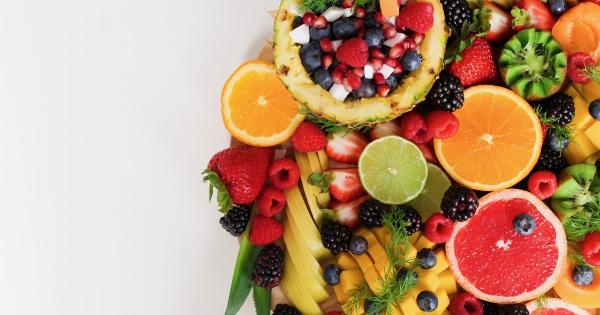Have you ever noticed that some foods bear a striking resemblance to the organs in our bodies? According to the concept of “food as medicine,” it is believed that nature often provides hints about the benefits certain foods can offer by shaping them like the body parts they nourish. While this theory lacks scientific evidence, it’s still fascinating to explore the similarities. In this article, we will delve into ten foods that look like various organs in your body.
1. Walnuts – Brain
Walnuts have long been associated with being a great brain food, and it is quite interesting to note their resemblance to the human brain.
Not only does their outer shell mimic the skull, but the walnut also looks like a miniature brain with its crinkly, convoluted folds. Walnuts are rich in omega-3 fatty acids, antioxidants, and vitamin E, all of which are vital for brain health.
2. Carrots – Eyes
Carrots have a striking similarity to the human eye, with their bright orange color and a shape that resembles an eye when sliced. Coincidentally, this root vegetable is incredibly beneficial for eye health.
Carrots are rich in beta-carotene, a precursor to vitamin A, which plays a significant role in maintaining good vision and preventing night blindness.
3. Red Wine – Blood
The deep red color of red wine closely resembles the color of blood, and interestingly, consuming red wine in moderation can be beneficial for cardiovascular health.
Red wine contains resveratrol, a compound that has been linked to numerous heart health benefits, including promoting healthy blood flow and reducing the risk of heart disease.
4. Ginger – Stomach
Ginger’s knobby shape bears a striking resemblance to the human stomach. For centuries, ginger has been used to aid digestion and alleviate various gastrointestinal discomforts such as nausea and indigestion.
It contains compounds called gingerols that have anti-inflammatory and anti-nausea properties, making it an excellent natural remedy for stomach-related issues.
5. Celery – Bones
If you closely observe a celery stalk, you will find that it closely resembles long bones like the femur. This crunchy vegetable is rich in calcium, magnesium, and other minerals essential for bone health.
Additionally, celery is also a great source of vitamin K, which plays a vital role in maintaining bone density and preventing osteoporosis.
6. Tomato – Heart
The vibrant red color and the internal structure of a tomato bear an uncanny resemblance to the human heart. Tomatoes are a rich source of lycopene, an antioxidant that has been associated with numerous heart health benefits.
Lycopene helps lower blood pressure, reduce the risk of heart disease, and improve overall cardiovascular health.
7. Avocado – Uterus
The shape of an avocado closely resembles that of a uterus, and coincidentally, it is also incredibly beneficial for women’s reproductive health.
Avocados are rich in healthy monounsaturated fats and vitamin E, both of which are essential for maintaining hormonal balance and a healthy reproductive system.
8. Kidney Beans – Kidneys
Kidney beans are a perfect match for the human kidneys in terms of shape and color. These legumes are packed with plant-based protein, fiber, and various minerals such as magnesium and potassium.
Consuming kidney beans not only promotes kidney health but also helps maintain healthy blood pressure levels due to their high potassium content.
9. Grapefruit – Breast
When sliced in half horizontally, a grapefruit displays a striking similarity to a female breast.
Beyond the outer appearance, grapefruit is rich in antioxidants, particularly vitamin C, which helps in collagen formation and maintaining the elasticity of the skin. Regular consumption of grapefruit is said to promote breast health and reduce the risk of breast cancer.
10. Mushrooms – Ear
It’s interesting to note the undeniable resemblance between the shape of a mushroom and the human ear. Traditional Chinese medicine has long revered mushrooms for their potential benefits to ear health.
Mushrooms, such as reishi and lion’s mane, have shown promising results in improving cognitive function, memory, and reducing the risk of age-related hearing loss.























